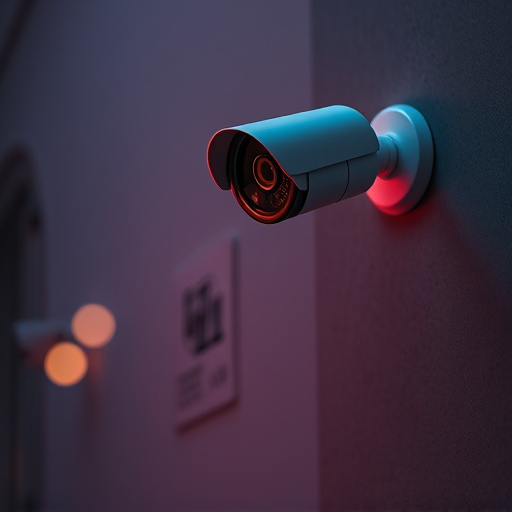Hidden security cameras, disguised as everyday objects like clocks or pens, capture high-definition video discreetly. With infrared and night vision capabilities, they offer advanced indoor and outdoor surveillance. Legalities vary globally, with many countries regulating placement and purpose; public spaces require explicit consent, while residential properties mandate notifications for certain recordings. To protect privacy, regularly inspect common hiding places and consider investing in specialist equipment like metal detectors or thermal imaging cameras. Stay informed about the latest camera technology to minimize risks.
Hidden security cameras, often referred to as spy cameras, have become a ubiquitous presence in our world. From homes to public spaces, these concealed devices raise important questions about privacy and security. This article delves into the technology behind hidden cameras, explores legal and ethical considerations, and provides practical tips for detecting and preventing their use. Understanding these aspects is crucial for navigating an increasingly surveillance-driven landscape.
Understanding Hidden Security Cameras: Unveiling the Technology
Hidden security cameras, also known as covert surveillance cameras, are advanced technological devices designed to capture footage discreetly and without detection. These innovative gadgets have become an integral part of modern-day security systems, offering a level of protection and monitoring that was once unattainable. The technology behind them is both fascinating and complex.
They utilize miniaturized sensors and lenses that can be concealed within everyday objects like clocks, smoke detectors, or even pen-sized devices. With high-definition video capabilities, these cameras capture clear images and footage, providing valuable intelligence for security purposes. Infrared and night vision features further enhance their functionality, allowing them to operate seamlessly in various lighting conditions, making them a reliable asset for both indoor and outdoor surveillance.
Legal and Ethical Considerations: Where is it Allowed?
The legality and ethicality of hidden security cameras are complex issues that vary significantly by region. In many countries, installation of hidden cameras is strictly regulated, with stringent rules governing where they can be placed and for what purpose. Public spaces, such as parks, shopping malls, and streets, generally require explicit consent or a legitimate business reason to deploy hidden security cameras, ensuring the privacy rights of citizens are respected.
Conversely, residential properties offer more leeway, but still come with guidelines. While homeowners may install hidden security cameras for personal safety and protection, they must adhere to local laws that dictate notification requirements when recording individuals within certain distances or in specific areas like bathrooms. Balancing security needs with privacy concerns is paramount, with many legal systems striving to uphold a healthy equilibrium through thoughtful legislation.
Detecting and Preventing Hidden Cameras: Tips for Awareness
Staying aware and vigilant is crucial when it comes to detecting hidden security cameras, as these devices can infringe on your privacy. One of the first steps in preventing a breach is to be observant. Regularly inspect areas where hidden cameras might be placed, such as corners, ceiling tiles, or behind pictures and mirrors. Look for any unusual wiring or small, obscure devices. Many modern hidden cameras emit no visible light, so use torches or UV lights to check for their presence.
Additionally, consider purchasing specialist equipment designed to detect hidden cameras. These tools can include metal detectors, thermal imaging cameras, and radio frequency (RF) detectors. Regularly updating your knowledge on camera technology can also help; stay informed about the latest techniques used in covert surveillance. By combining these awareness tactics, you significantly reduce the chances of falling victim to hidden security cameras.
